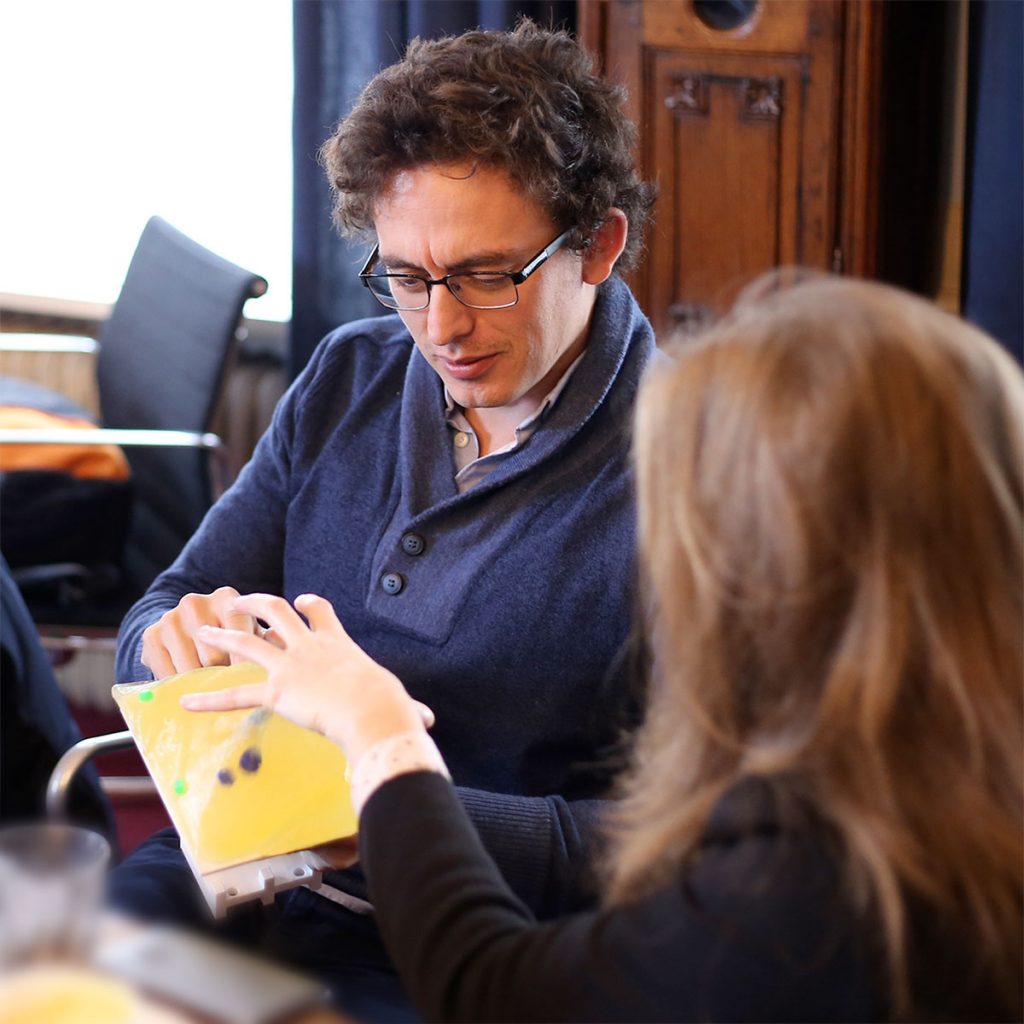What are phantoms and why are they so important?
The phantoms are anatomical models made of elastic materials that replicate parts of the human body for research purposes. In robotic surgery, phantoms are used to test technologies in a simulation environment, and to get precise and reliable results.
Phantoms and the MURAB project
In the MURAB project we created more than 50 individual breast phantoms fabricated using five different sets of molds. The different molds reflect the variety in size and shape of natural breasts, while individual phantoms from the same mold set often have different physical properties such as stiffness, imaging characteristics and arrangement of internal structures.
For our project, working on realistic models is a crucial point that will contribute to mimic real tissues, substructures and stiffnesses and so reach the right target for the biopsy needle insertion.
A help to reach Technology Readiness Level 7
According to the European Union definition of TRLs (Technology Readiness Level), the MURAB project aims at TRL 7: realization of a ‘system prototype demonstration in operational environment’. In order to reach this level, all the previous TRLs must be accomplished.
The phantom study will allow us to test the MURAB setup in a realistic but completely controlled environment, reaching the TRL6 “technology demonstrated in relevant environment” and having access to the ethical approval for human studies.







